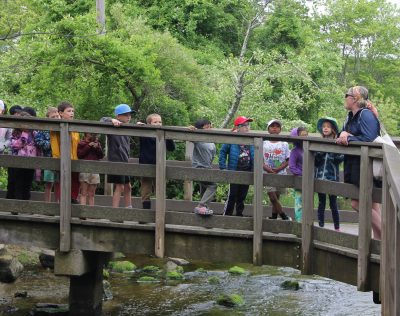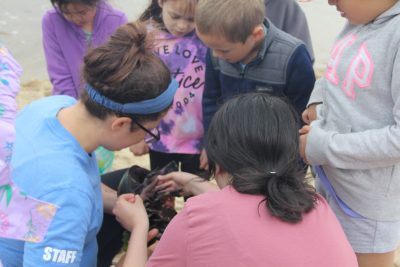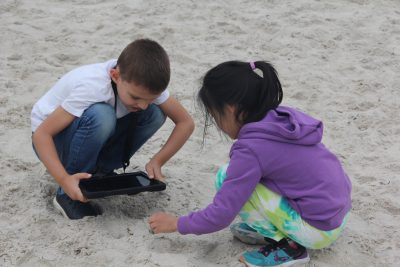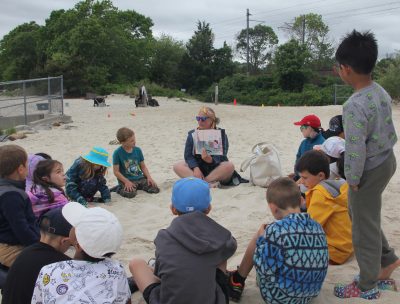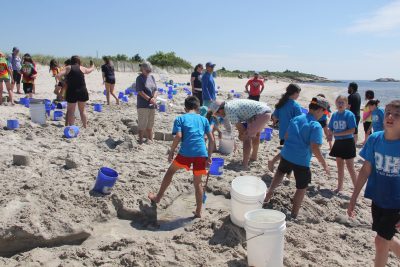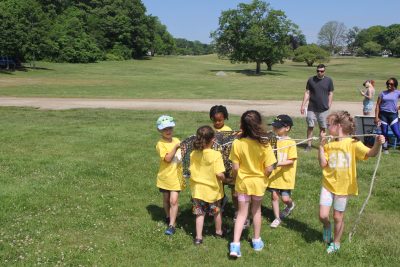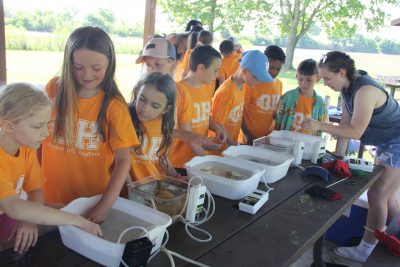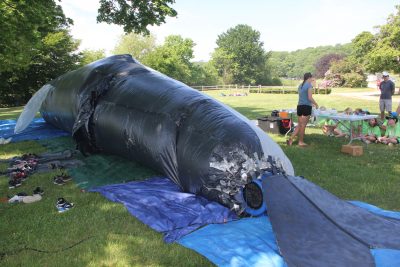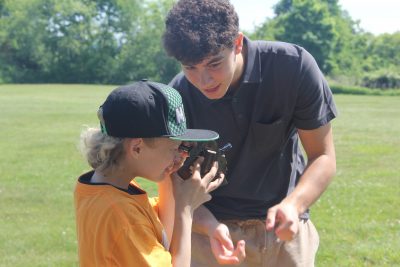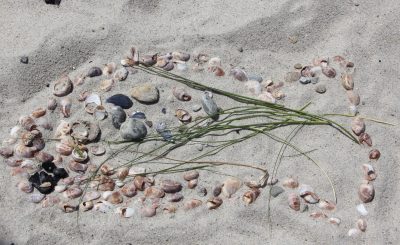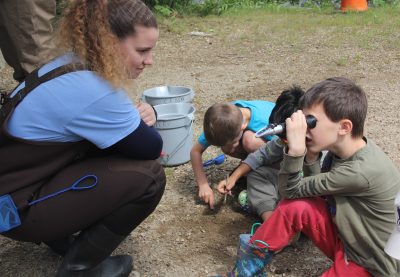
New schools network generates enthusiasm for ocean literacy
Story and photos by Judy Benson
From the Bronx, Long Island and Westchester County in New York, to Connecticut’s hilly northwest corner and southeastern shoreline, elementary, middle and high schools students have been immersed in learning about Long Island Sound, the estuary that connects the two states.
During the 2023-2024 school year, six schools in Connecticut and four in New York were chosen for the newly formed Long Island Sound Schools Network. Funded by the U.S. Environmental Protection Agency’s Long Island Sound Study, the program provides funding and teacher stipends to support innovative learning projects that focus on the Sound and its watershed, marine life and the global ocean. The network is facilitated by Connecticut Sea Grant and Mercy University.
“I learned that we should join forces so we can help Long Island Sound to stay clean and healthy,” Diego Andres Contreras Giron, a fourth grader at Jefferson Elementary School in New Rochelle, N.Y., said on a recent Zoom presentation.
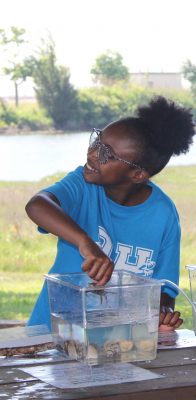
He spoke during a webinar that culminated the end of the first school year for the network with presentations by many of the 10 schools that showcased the energy and enthusiasm students and teachers are bringing to their projects.
“I really like the unique and creative approaches each team of teachers took to involve their classes and beyond in amazing projects,” said Diana Payne, CT Sea Grant education coordinator and co-leader of the network. “Some involved other grade levels and schools, some involved the entire community. Some focused on specific organisms such as oysters while some focused on broad aspects such as watersheds.”
The range of projects included:
A marine science day at the town beach in which high school students manned 16 different stations to teach 370 elementary school children about topics ranging from whale anatomy to knot tying to robotics to marsh exploration.
A study of oysters that included dissection, learning about research into microplastics and shellfish and setting up a classroom oyster research project.
Several watershed lessons using paint, spray bottles of water and glitter to enable students to visualize how rainfall carries pollution into the Sound. For one of these, high school students taught the lesson to elementary schoolers in Spanish and English.
An interdisciplinary initiative involving high school classes in marine and environmental science, accounting and marketing to incorporate sustainability practices into the public school system.
Meghan Marrero, co-leader of the network, said she was impressed at the spirit of community outreach the network inspired. Schools involved other schools, older students taught younger ones and Spanish speakers learned marine science in their native language, she noted. Marrero is professor of secondary science education and co-director of the Mercy University Center for STEM (Science, Technology, Engineering and Mathematics) Education.
“It goes to show there are many different entry points for becoming ocean literate,” she said. “The students’ enthusiasm was infectious, and I heard so much positivity from the teachers.”
During the Zoom meeting, several students shared their first-hand impressions of the projects they were part of.
“It was so fun to interact with the younger kids,” said Suhana Sharma, a senior at Waterford High School in Connecticut.
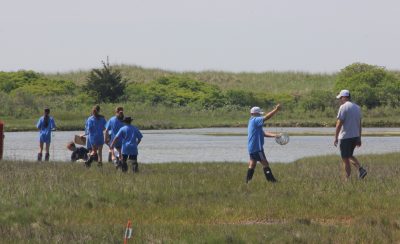
Added Zaya Haglund, a sophomore at the same school: “It’s more like fun learning.”
Selby Alvarez of Trinity Elementary in New Rochelle, N.Y., described the oyster dissection project her class did as “fun but messy and smelly,” while her classmate Dara Rezaee recalled what she learned about the history of oystering in New York.
“It was interesting to learn that 100 years ago in New York, young children worked in oyster (processing) factories instead of going to school,” she said.
Looking ahead, Payne and Marrero are preparing for a new group of Long Island Sound Network Schools for the 2024-2025 academic year. They also want to continue supporting what the first group started so ocean literacy becomes infused into the curriculum.
“We hope to truly improve ocean literacy in the Long Island Sound watershed, helping communities to feel more connected to the Sound and to the ocean in general,” Marrero said.
Ben Moon, director of STEM and magnet programs for the Groton, CT, school district, echoed that sentiment. When he worked with Mystic River Magnet School teacher Emma Rotner to develop a project for kindergarteners that included creation of a book about the ways people use water and a three-dimensional landscape model, they were already looking towards the future.
“One of our goals was for our project to have some sustainability to it,” he said.
For information about the Long Island Schools Network, visit: https://seagrant.uconn.edu/?p=11404.
